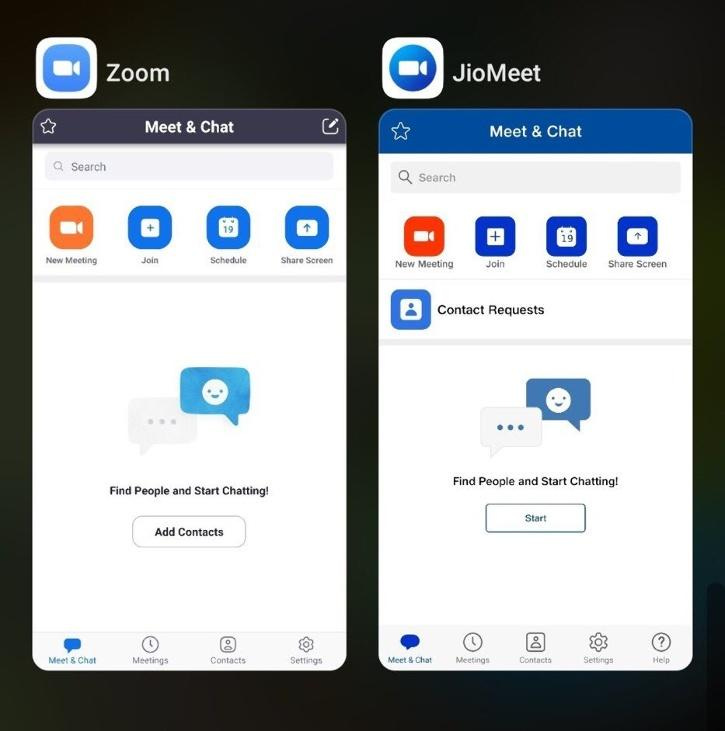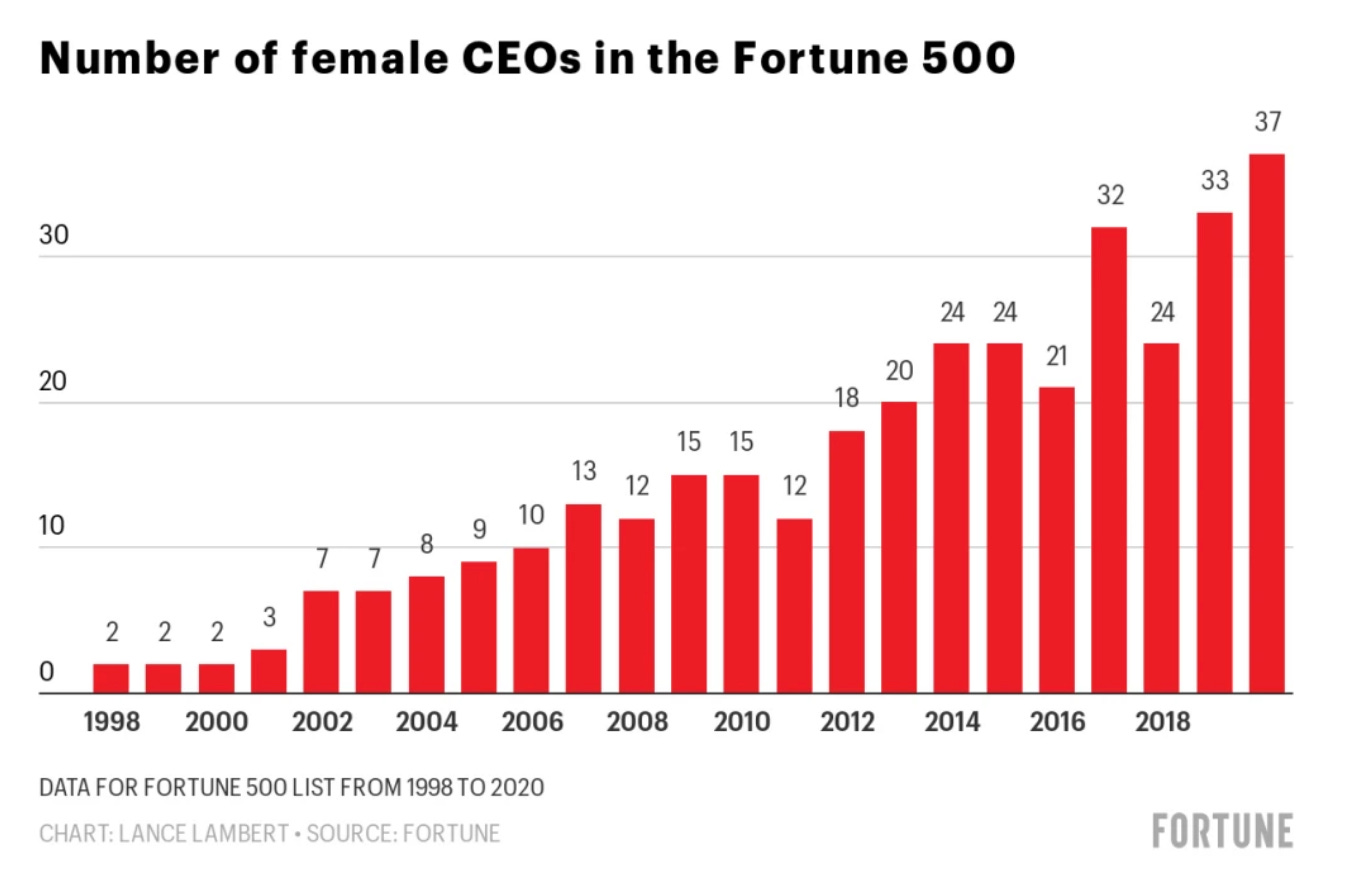Newsletter #26: competitors VS alternatives
11 minutes reading time. Thoughts on startups, growth, and technology 🚀
Welcome to another edition of the Struggle.
The Struggle is a weekly newsletter where I share my thoughts and learnings from running a fast-growing startup in Southeast Asia.
A month ago, I was mentoring a startup interested in expanding to Southeast Asia (SEA). We met bi-weekly to discuss learnings from their home market, VS, my learnings from the region. As part of the process, I introduced the founding team to a few people who operate in his industry to collect more inputs. Since I attended all those meetings, I was exposed to a lot of thoughtful perspectives on the local competitive landscape, which led to the thoughts behind today's post.
Many tech-entrepreneurs embark on their journey as founders by coming up with a product that appears to be differentiated from existing solutions. After all, whenever you talk to someone about your business, one of the first questions you will be asked is: "who are your competitors?"
Consequentially startup founders, invest a lot of time and effort to craft a narrative positioning their product as not having direct competition.
But every product has competitors, we are simply focused on the wrong question.
Early on, when an entrepreneur is launching a startup, he/she should not be spending too much time thinking about the competition, instead focus on "alternatives."
Alternatives are other solutions your users are hiring to solve their problems. Let me illustrate that with a few examples of alternatives:
WhatsApp was not going up against Viber, WeChat, Line, Facebook Messenger, and other similar platforms. The primary alternative in their early days was SMS.
Slack was not competing against Hipchat, Flowdock, and many other similar project management tools for tech teams. Their alternative was email.
Skype did not compete against Zoom, Webex, Hangouts, and other video conferencing tools. The primary alternative was a phone call.
In the case of the company I mentored, they were developing a Slack-like tool for the hospitality sector. Slack is primarily an internal communication tool for businesses. In markets across Southeast Asia, Slack is not terribly popular. Especially in the hospitality sector. Hence the assumption of the founding team, that an internal communication tool for the hospitality sector will have a blue ocean in SEA.
But when we pressed the founder to consider alternatives, he quickly realized that his main alternative is WhatsApp. Changing the behavior of hotel managers, to transition from what they use today i.e., WhatsApp to a more comprehensive, yet more complicated and expensive tool will inevitably result in a head to head comparison between the product of the startup mentioned above and WhatsApp, not Slack. Therefore, they should not have even considered Slack in their competitive analysis.
Brian Balfour wrote an article on the topic, where he describes three reasons why looking purely at competitors is dangerous:
Lack of differentiation - continually looking at competitors, you gravitate towards them and may end up developing the same features, message, and design.

Source: Jio is one of India's largest telecommunication companies. Recently both Facebook and Intel invested more than $5B in Jio, yet they came up with an identical clone of Zoom.
Aiming too low - Alternatives, unlike competitors, have 10x to 100x the usage of competitors. The opportunities are so much more significant. How many people make phone calls VS how many people use Zoom?
You won't understand the customer's psychology - think of the example I gave above with WhatsApp vs. SMS. People form habits around alternatives with specific actions and workflows. You need to consider the alternative's limitations to create a 10x better experience.
Going after competitors rather than alternatives is dangerous as you may find yourself in a "red ocean" of competitors. The path to reaching "the blue ocean" comes from understanding what causes customers to make choices that help them achieve progress on something they are struggling with, in their lives.
Which leads to my second point. If "alternatives" are a better focus, then what process can you build around focusing on that?
There is a concept in business, coined by Clay Christensen, known as "Jobs To Be Done."
"Job" stands for what a user really seeks to accomplish in a given circumstance. A deep understanding of a job allows you to solve big problems in unique ways. Embracing "jobs to be done" mindset helps you to focus on identifying if there is a job for the user that needs to be done without obsessing over the competition—in the process, organizing the entire organization around processes that get the job done.
"You should look at the workarounds that your customers need to do. It becomes a real source of a lot of insights" [Clay Christensen, Professor of Business Administration at Harvard Business School]
Hence, the more appropriate process is to:
Understand well the problem your users are facing.
Identify people who are not using your solution but are facing the same problem. Ask them to walk you through all the ways they are solving it today.
Focus on building a solution that is 10x better then alternatives getting the job done.
Having said that, I am not advising you to ignore the competition.
Understanding what the competition is up to is essential. But you would not have started a business in this sector if the existing competitors genuinely solved the problem you are working on.
In a nutshell, identify “alternatives” and understand “the jobs to be done” to create a 10x experience.
Resources worth checking out:
📝Know Your Customers’ “Jobs to Be Done” | Clayton M. Christensen, Taddy Hall, Karen Dillon and David S. Duncan - After decades of watching great companies fail, we’ve come to the conclusion that the focus on correlation—and on knowing more and more about customers—is taking firms in the wrong direction. What they really need to home in on is the progress that the customer is trying to make in a given circumstance—what the customer hopes to accomplish. This is what we’ve come to call the job to be done.
🎥 Sales Enablement Course | Hubspot - One of the best free courses on the internet, if you are interested in jobs to be done, skip to lesson # seven.
”Knowing who you sell to is only half the battle. You need to understand why people buy from you. In this class, Clay Christensen of Harvard Business School explains how to use the Jobs to Be Done framework to gain a deeper understanding of what motivates your buyers. It might surprise you.”
A quote worth remembering:
💬 Writer Ralph Marston on the power of confident humility:
"Whatever you’re doing, a sense of superiority will make you worse at it. Humility, on the other hand, will make you better. The moment you think you’ve got it all figured out, your progress stops. Instead, continue to advance and improve by reminding yourself how much more there will always be to discover.
Confidence is positive and empowering, but arrogance is deadly. Be confident, but not at the expense of your respect for others.
Don’t burn up all your energy proving how great you are. Invest your time and energy being thoughtful and helpful. See the victories not as proof of your supremacy, but as opportunities to offer more value to life. See the defeats not as personal affronts, but as chances to learn and grow stronger.
Take care not to waste your time in delusions of grandeur. Embrace the power of confident humility, and live well."
A book recommendation:
📖 Smartcuts: How Hackers, Innovators, and Icons Accelerate Success by Shane Snow
Smartcuts bring together a lot of the ideas I've been reading about in other books, plus some I haven't, all that, while building a framework that I have been following often in my entrepreneurial journey. The book assesses how certain people and companies have been able to achieve amazing things in hardly any time. An easy read which will help you to come up with a lot of ideas you can implement in your personal career.
Positive news worth sharing:

The Fortune 500 ranks the USA's largest companies. In 2015, there were more CEOs called John on the list than women. But that’s changing. Slowly...
The 2020 list includes 37 female CEOs, including the heads of Gap, UPS, and General Motors. It still only represents 7.5% of the total. But it’s a symbol of lessening discrimination. New leadership styles. Better business.
Check out the source here.
The Road to 500
One of my resolutions this year is to grow this publication to 500 subscribers 🚀

The best way to spread the word is to hit the share button and say nice things about why you enjoy reading this every week and what you learn.
Thanks for reading,
Viktor




